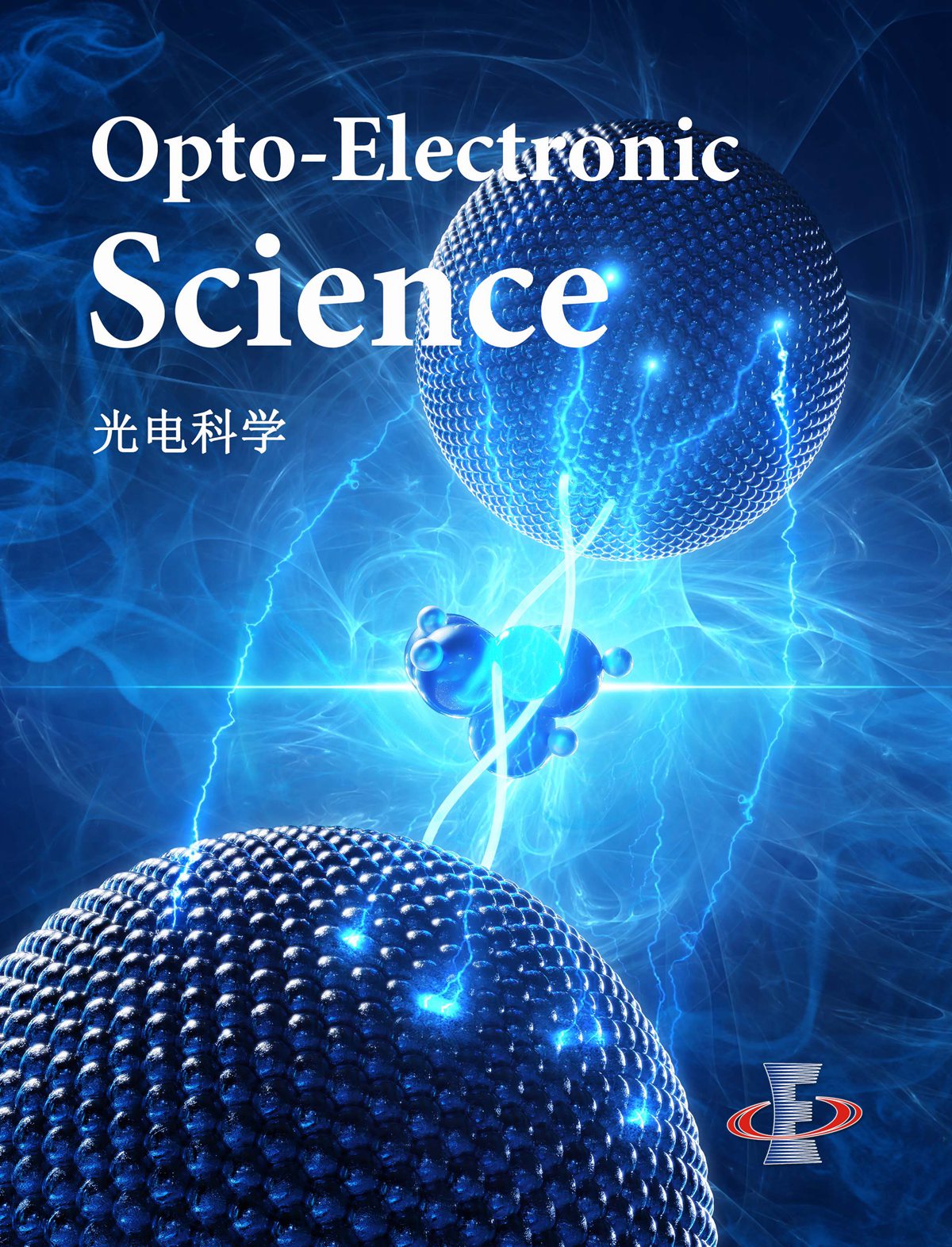 View fulltext
View fulltext
The orbital angular momentum (OAM) of light has been implemented as an information carrier in OAM holography. Holographic information can be multiplexed in theoretical unbounded OAM channels, promoting the applications of optically addressable dynamic display and high-security optical encryption. However, the frame-rate of the dynamic extraction of the information reconstruction process in OAM holography is physically determined by the switching speed of the incident OAM states, which is currently below 30 Hz limited by refreshing rate of the phase-modulation spatial light modulator (SLM). Here, based on a cross convolution with the spatial frequency of the OAM-multiplexing hologram, the spatial frequencies of an elaborately-designed amplitude distribution, namely amplitude decoding key, has been adopted for the extraction of three-dimensional holographic information encoded in a specific OAM information channel. We experimentally demonstrated a dynamic extraction frame rate of 100 Hz from an OAM multiplexing hologram with 10 information channels indicated by individual OAM values from –50 to 50. The new concept of cross convolution theorem can even provide the potential of parallel reproduction and distribution of information encoded in many OAM channels at various positions which boosts the capacity of information processing far beyond the traditional decoding methods. Thus, our results provide a holographic paradigm for high-speed 3D information processing, paving an unprecedented way to achieve the high-capacity short-range optical communication system.
Optical computing and optical neural network have gained increasing attention in recent years because of their potential advantages of parallel processing at the speed of light and low power consumption by comparison with electronic computing. The optical implementation of the fundamental building blocks of a digital computer, i.e. logic gates, has been investigated extensively in the past few decades. Optical logic gate computing is an alternative approach to various analogue optical computing architectures. In this paper, the latest development of optical logic gate computing with different kinds of implementations is reviewed. Firstly, the basic concepts of analogue and digital computing with logic gates in the electronic and optical domains are introduced. And then a comprehensive summary of various optical logic gate schemes including spatial encoding of light field, semiconductor optical amplifiers (SOA), highly nonlinear fiber (HNLF), microscale and nanoscale waveguides, and photonic crystal structures is presented. To conclude, the formidable challenges in developing practical all-optical logic gates are analyzed and the prospects of the future are discussed.








